The New River State Park celebrates one of the oldest rivers in North America and the people and cultures that grew up around it. The New River is one of the few rivers in the US that flows northward and adding that to its age, you have an unique area that is fun to explore. The New River State Park has lots of amenities and plenty of opportunities for outdoor adventure.
The New River is in the northwestern corner of North Carolina. Potentially, scientist think, this might be one of the oldest rivers in the US. It was in place before the Appalachian Mountains grew up around it. For 10,000 years or more the native people of the Smokies and the Appalachians used the New River as a waterway to transport goods back and forth between their communities. Over the years, as the European settlers moved into the area, the New River area became a hotbed for new communities and settlements. The easy flow of the river, the farmland surrounding the river and of course trade routes that the river provided made it a no-brainer when people were looking for a place to set up a farmstead.
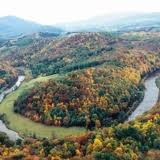 While you are at New River State Park, don’t think you are going to be at a loss for things to do. Hiking, fishing, camping and picnicking are only a few of the activities that you have to choose from . Canoeing is probably the number one activity for people coming to the New River area. The gently flow of the river, the gorgeous scenery around the valley that it has created and of course the relaxation that you experience as you canoe down the New River are just a few of the reasons that people flock to this area. And for flatwater kayakers, there might not be a more picturesque place to get out and play.
While you are at New River State Park, don’t think you are going to be at a loss for things to do. Hiking, fishing, camping and picnicking are only a few of the activities that you have to choose from . Canoeing is probably the number one activity for people coming to the New River area. The gently flow of the river, the gorgeous scenery around the valley that it has created and of course the relaxation that you experience as you canoe down the New River are just a few of the reasons that people flock to this area. And for flatwater kayakers, there might not be a more picturesque place to get out and play.
If the idea of the number of people that have lived in the area intrigues you, you should spend some time learning about this interesting tract of land around a truly ancient river. The exhibit hall in the visitors center of the New River State Park houses a hands on interactive museum about the New River and the cultures that grew up around it. From the science of the river to the native people and even modern times, you will get a look at the history and make-up of the river. Also, they have a video on canoeing the New River.
The New River State Park in North Carolina makes for a great stop while you are on your vacation in the Smokies. Spend a day or a weekend hanging out in one of the oldest rivers in North America. Play in the great outdoors. Canoe or kayak the river and experience the thrill that it has provided to people since the dawn of time.
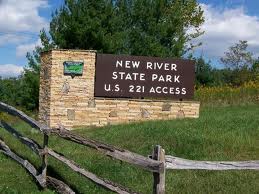
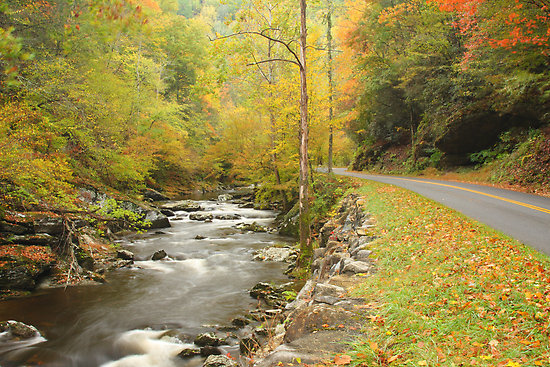
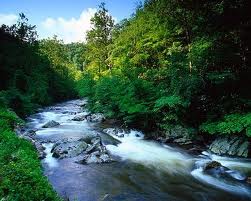
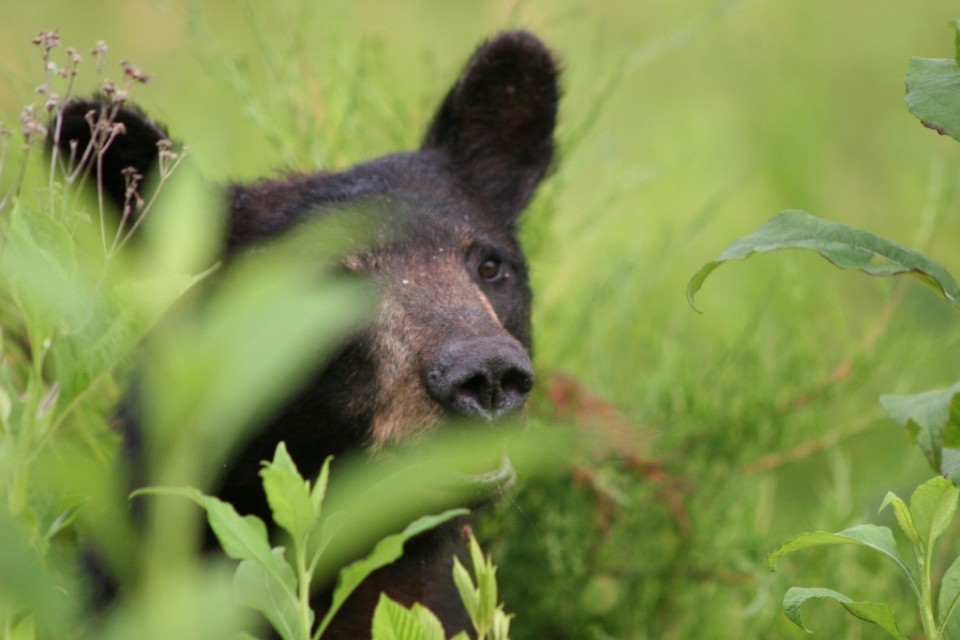
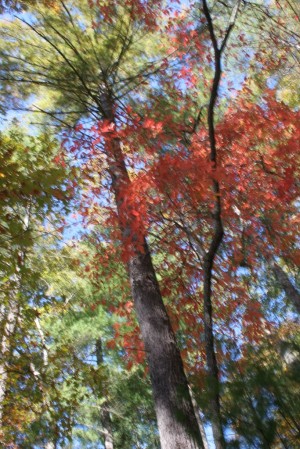
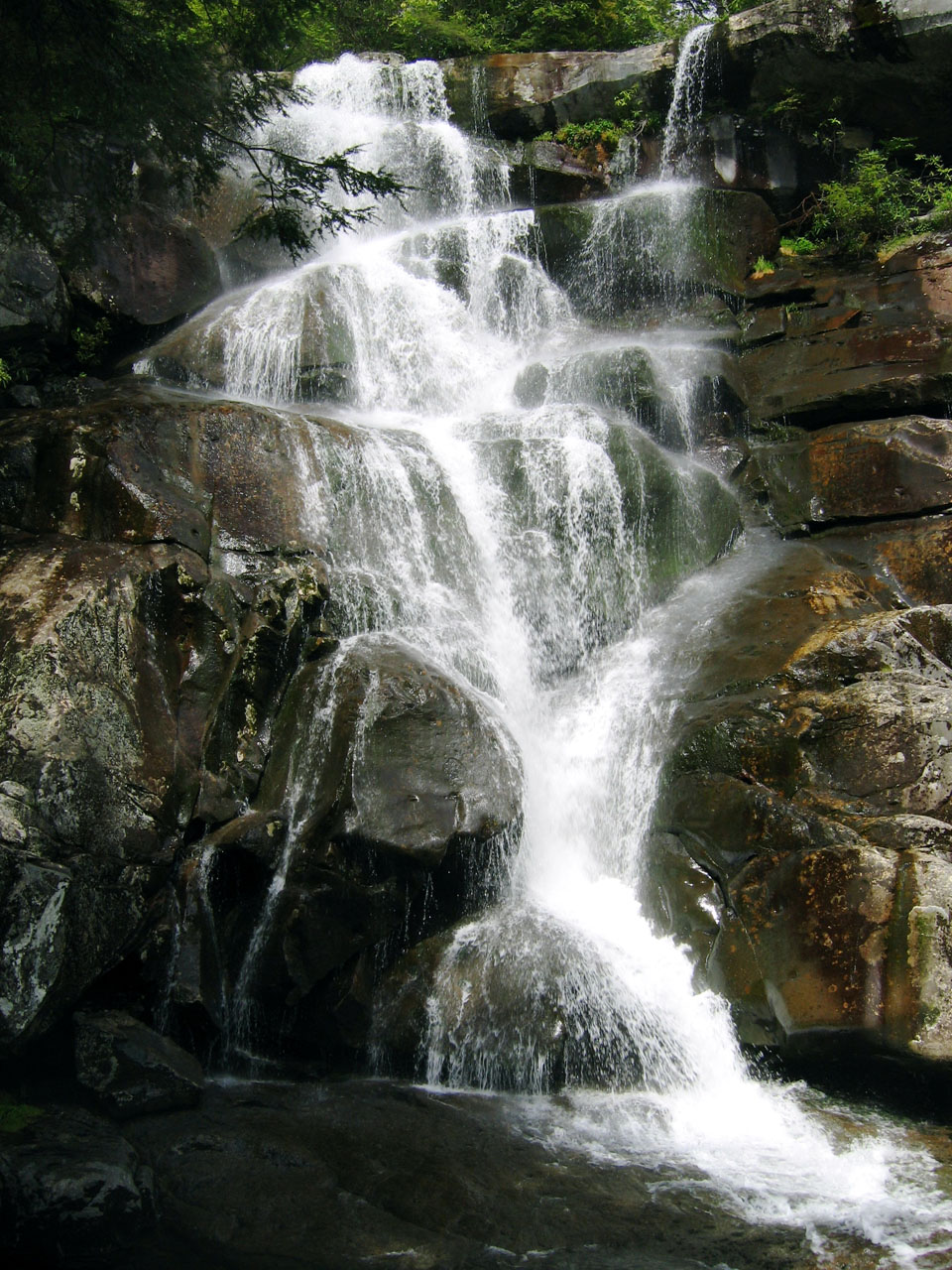


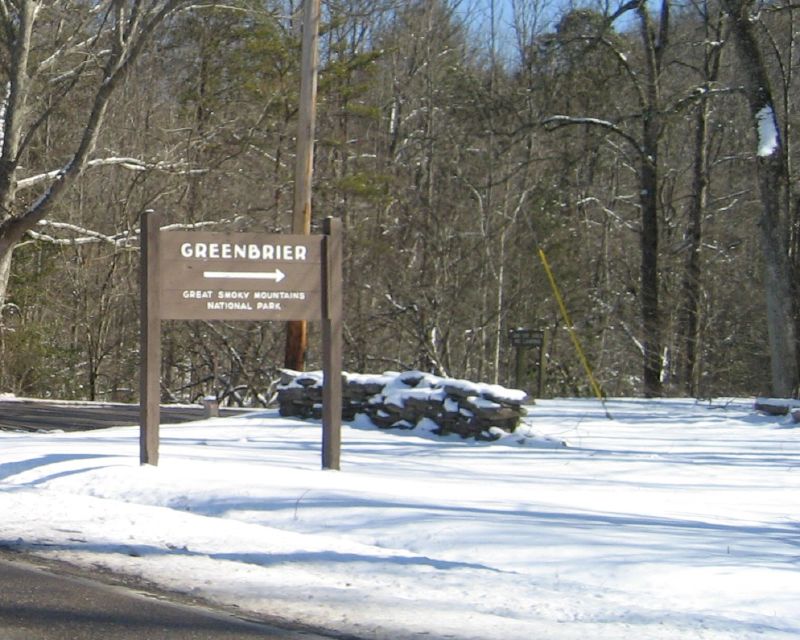
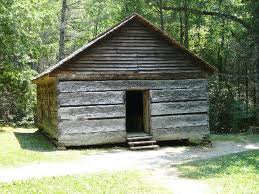
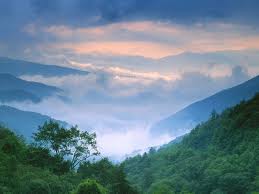
 The southern tip of the Appalachian Mountains, with its temperate climate, slow changes in elevation and lush greenery, is a haven to hikers from around the world. People flock to the Smokies especially to spend time on any number of trails, but the trail that is most popular and the one that a lot of people want to tackle part of is the Appalachian Trail. One end of the AT starts in the Smokies, in northern
The southern tip of the Appalachian Mountains, with its temperate climate, slow changes in elevation and lush greenery, is a haven to hikers from around the world. People flock to the Smokies especially to spend time on any number of trails, but the trail that is most popular and the one that a lot of people want to tackle part of is the Appalachian Trail. One end of the AT starts in the Smokies, in northern 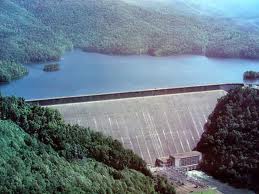 One of the next high points on the trail that you will come across is Fontana Dam. At this point on the AT you have made your way into North Carolina, your second state if you are heading north from Georgia. Fontana Lake is one of those TVA created lakes that took in the small towns of Judson and Proctor (near present day
One of the next high points on the trail that you will come across is Fontana Dam. At this point on the AT you have made your way into North Carolina, your second state if you are heading north from Georgia. Fontana Lake is one of those TVA created lakes that took in the small towns of Judson and Proctor (near present day  If you were to hike from the Newfound Gap trailhead and continue northward the next focal point you are going to come to is
If you were to hike from the Newfound Gap trailhead and continue northward the next focal point you are going to come to is 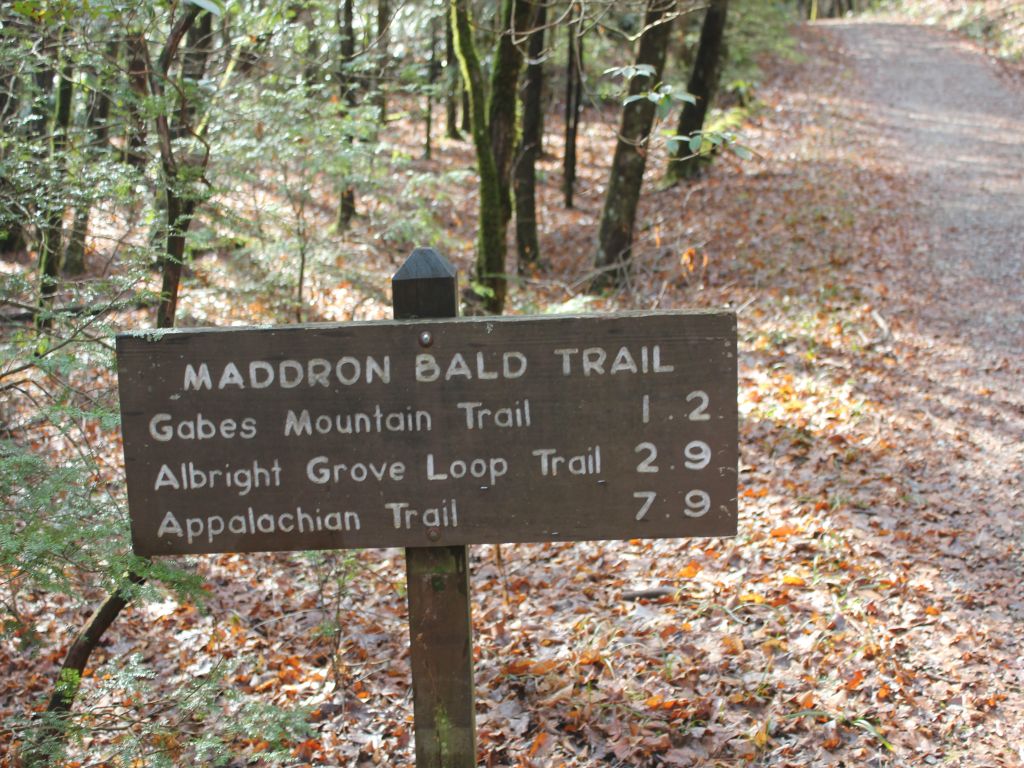
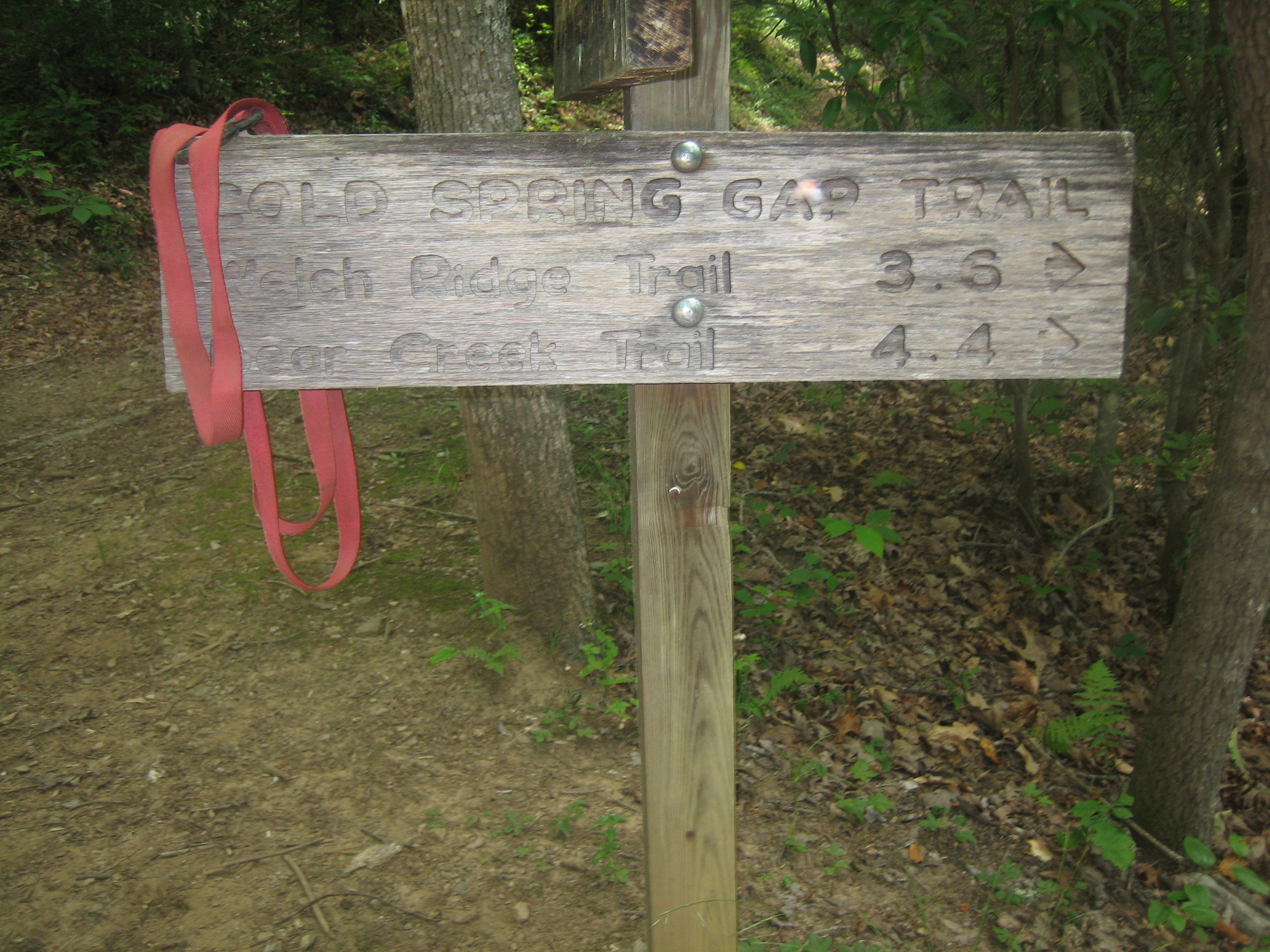
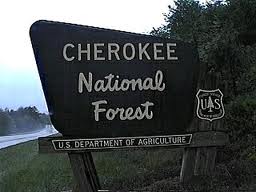
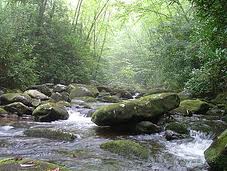 Trout Fishing – some of the streams and river sin the CNF are stocked streams and provide some of the best rainbow trout fishing in the Smoky Mountain area. Along with trout you will find bass, crappie and bluegill fishing that is beyond compare.
Trout Fishing – some of the streams and river sin the CNF are stocked streams and provide some of the best rainbow trout fishing in the Smoky Mountain area. Along with trout you will find bass, crappie and bluegill fishing that is beyond compare.